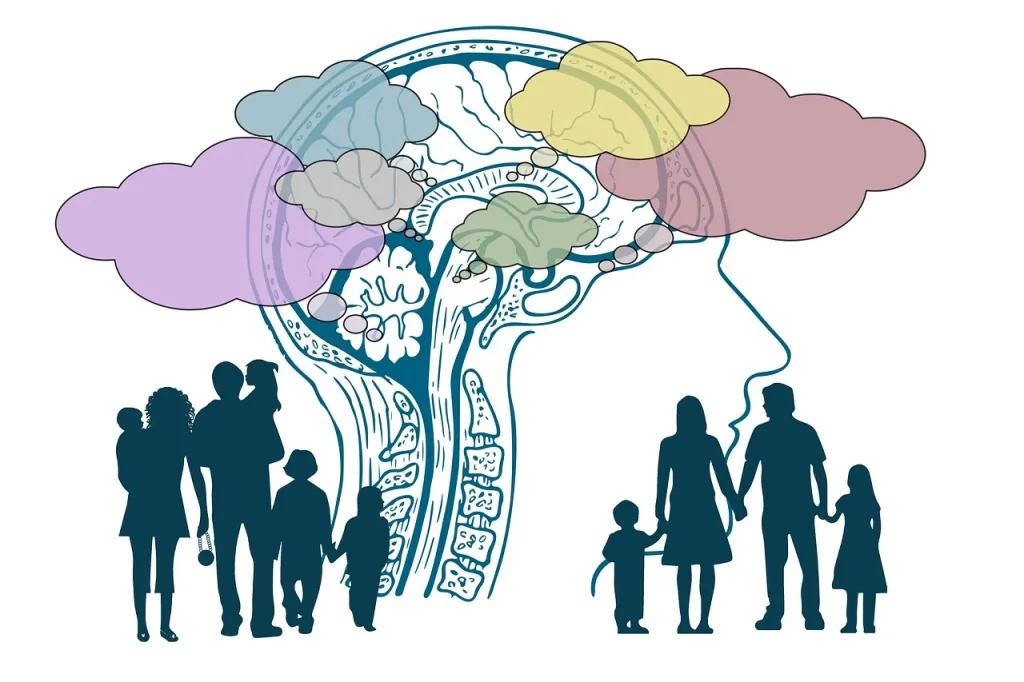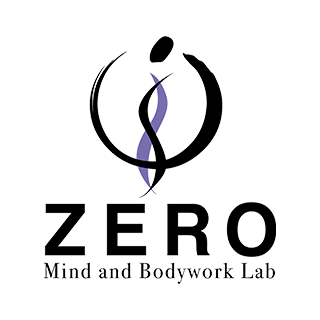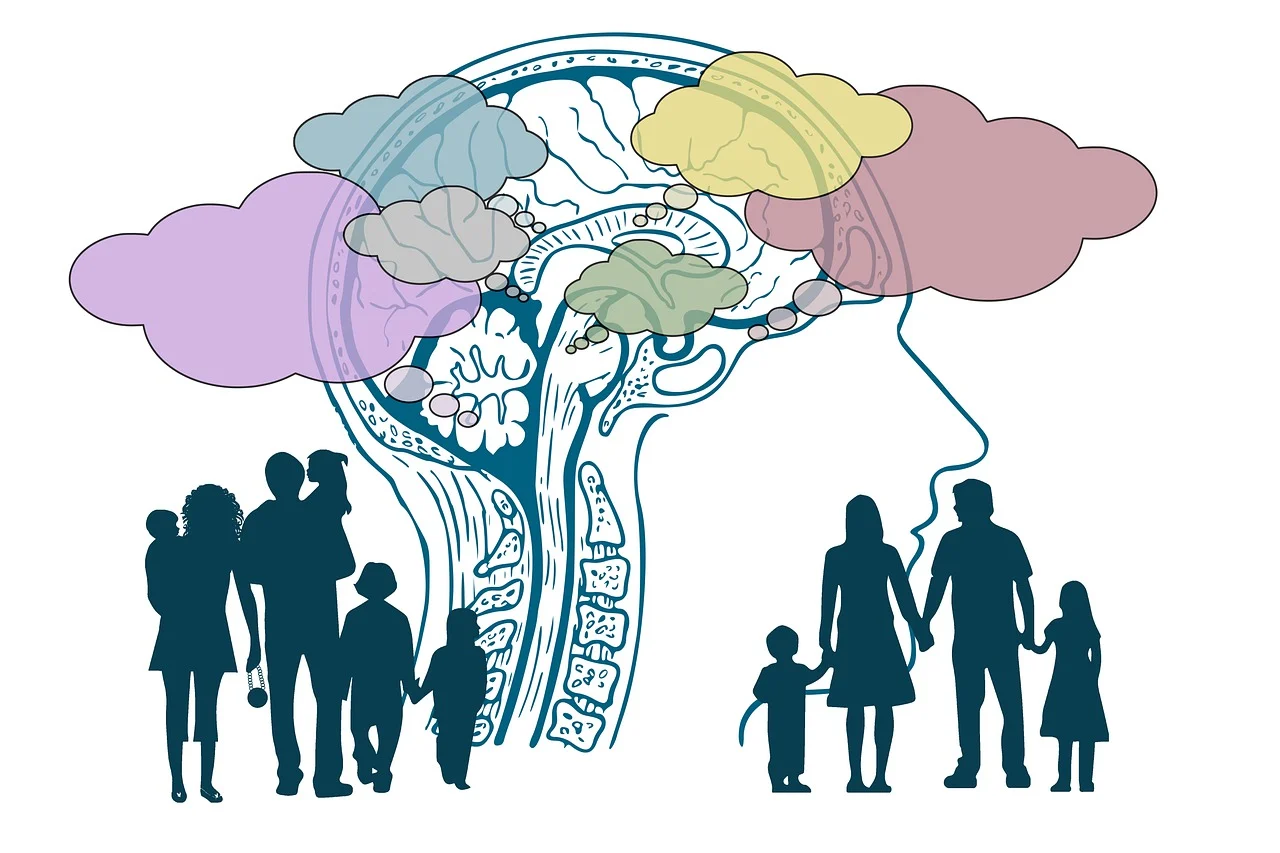Introduction
Hello, I’m Hidefumi Otsuka, offering Rolfing sessions in Shibuya, Tokyo.

How can we support the process of transformation? – A perspective from Rolfing and Coaching
At first glance, Rolfing and Coaching might appear to be entirely different fields of practice. The former works through the body, the latter through language. Yet at their core, they share a common question:
“How can we support the process of human transformation?”
I studied Co-Active Coaching at CTI (The Coaches Training Institute) in 2009. Later, I encountered Rolfing while deepening my exploration of coaching. Though the two approaches seem different on the surface, I came to realize they are both deeply engaged with the shared theme of transformation.
This blog series explores the comparison between Rolfing and Co-Active Coaching through the following seven perspectives:
- Neutral and Presence
- The Four Cornerstones
- The Three Principles and Their Correspondence to the Rolfing Ten Series
- How to Work with the Process Between Sessions
- The Quality of Relationship (Designed Alliance / Right Relationship)
- Skills Compared (CTI’s Five Skills and Rolfing Techniques)
- Summary and Reflection
Across all seven articles, I will explore the theme of transformation through multiple lenses: touch, inquiry, listening, and being. By comparing the body-based approach of Rolfing with the language-centered approach of Coaching, I hope to offer insight into what it means to truly support human change.
Part 4 focuses on the process between sessions — on action design and self-regulation.
When Does Transformation Actually Happen?
Transformation does not occur solely “within” the session. Real change unfolds between sessions — through time spent facing oneself in daily life, through lingering sensations, observations, and the accumulation of small choices.
CTI Co-Active Coaching and Rolfing support this “in-between” space through different approaches.
In this article, I will compare:
- CTI’s Forward & Accountability
- Rolfing’s Self-Regulation and Time for Integration
to clarify both the differences and the commonalities in how each holds the space for transformation to unfold.
Why Focus on the Time Between Sessions?
セッション単体While some change may happen during a session, deep transformation depends greatly on how one is between sessions.
In CTI, what the client takes away — the “experiments” they try before the next session — becomes a crucial driver of change.
In Rolfing, the emphasis is on what naturally unfolds within the body when given space and time.
This highlights a core difference:
Do we design change, or do we make space for change to emerge?
The CTI Approach: Forward Movement and Accountability
Designing Action and Responsibility
“Coaching is not complete without forward movement. Change continues between sessions.”
— Co-Active Coaching, p. 109
- Each session ends with a clear Forward — an action, experiment, or inquiry to carry into everyday life.
- Clients are positioned as the active agents of their own change.
- The process moves in cycles: Action → Reflection → Next session planning.
- Experiments or “homework” between sessions help activate this cycle.
- Clients are encouraged to track their own momentum (e.g., “Am I moving or stuck?”).
Key Concepts: Choice, Action, Observation, Connection to Next Step
The Rolfing Approach: Supporting Self-Regulation and Integration
Trusting the Body’s Natural Process
“You don’t go looking for something—you let what is show itself.”
— Embodied Being, p. 145
- At least 7–10 days are left between sessions to allow integration.
- Clients are not usually given specific tasks; rather, the practitioner trusts the natural unfolding of the body’s response.
- Sometimes clients are encouraged to keep an “awareness journal,” but only as an invitation, not an obligation.
- Emphasis is placed on trusting the body’s reorganization process.
- Rather than designing action, Rolfing holds space for repatterning to occur.
Key Concepts: Self-regulation, Non-interference, Holding space, Germination of transformation
Comparison: Designing Action vs. Holding Process
| Element | CTI (Coaching) | Rolfing (Bodywork) |
|---|---|---|
| Approach | Designing forward movement | Holding the space for change to emerge |
| Post-session guidance | Actions, experiments, and questions | Feeling and observing internal changes |
| Client’s role | Active chooser and implementer | Listener to the body’s process |
| Core principle | Forward and Accountability | Integration and Patience |
| Perspective on change | Conscious choice → Action | Allowing unconscious reorganization |
Common Ground: Transformation Matures Outside the Session
- In CTI, change is solidified through action taken between sessions.
- In Rolfing, change is reassembled naturally through the space and time held between sessions.
Both approaches share the same premise:
The true work happens not in the session, but between sessions.
Conclusion: Designing Action vs. Holding Space — Two Ways of Supporting Change
- CTI offers a system to “design and implement transformation.”
→ It trusts the client’s capacity to act and choose consciously. - Rolfing offers a system to “create the conditions for transformation to arise.”
→ It trusts the body’s natural capacity to reorganize and integrate.
✨ It’s not about which is better — action or stillness —
but about how both approaches illuminate the light and shadow of transformation.
Coming Up Next
In Part 5, we will explore the quality of relationship that supports change — comparing CTI’s “Designed Alliance” with Rolfing’s concept of “Right Relationship.”
References
- Henry Kimsey-House et al. (2018). Co-Active Coaching: The Proven Framework for Transformative Conversations at Work and in Life (4th ed.). Nicholas Brealey.
- Jeff Maitland (2017). Embodied Being: The Philosophy and Practice of Manual Therapy. North Atlantic Books.

